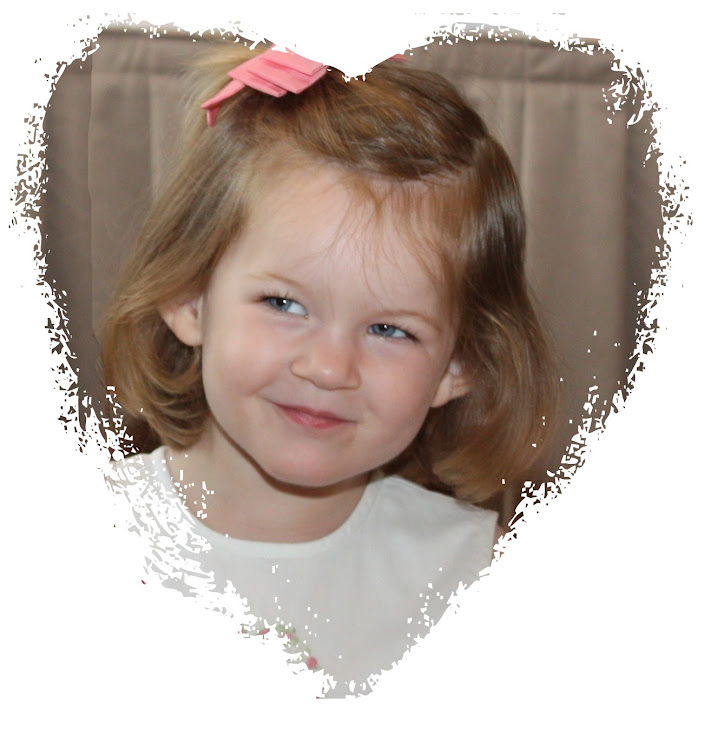When the cardiologists at Texas Children’s read Lilly’s echocardiogram, they did not see any aortic insufficiency. This is a different finding from both of her previous studies (the one from our cardiologist in Greenville in April and the one from MUSC in May).
Given those findings, Dr. Fraser told us that he would not recommend surgical closure at this time. Our cardiologist agrees with this management plan. The problem is that not we have conflicting information and we need to make sure that we truly understand what is going on with Lilly’s heart.
Our cardiologist (Dr. Raunikar) has requested a copy of the images from the echocardiogram that was performed in Houston, and he will re-read it for himself. He also wants to see Lilly in his office next week so that he can repeat another echocardiogram.
The team in Houston was able to review the images from her first study in Greenville, and I sent copies of the images from MUSC yesterday. They will present Lilly’s case at an interdisciplinary conference on Monday, July 11. This meeting will include all of the cardiothoracic surgeons as well as many cardiologists. We are eagerly waiting to hear their formal recommendation.
Of course we are praying that Lilly will not need surgery.
Saturday, July 3, 2010
I'd forgotten how BIG Texas is ...
Texas Children’s Hospital is HUGE. Of course, that is part of the reason we wanted to go for a consultation, but it is really an amazing place to visit.
We started our day on the 20th floor of the West Tower in the Echo Suite. The waiting room was about 4x larger than the office in Charleston at MUSC. We had our echocardiogram, and then met Nichole for a tour of the facility.
The operating rooms and PCICU are on the 17th floor of the West Tower, and the facilities for families are really nice. There are 22 beds in the PCICU, all of them are private and all of them have windows (compared with only 4 or 6 private beds at MUSC – and only half with windows).
The visiting policies are a little more liberal than MUSC; they permit families to stay at the bedside during shift changes. The “no sleeping” in the PCICU rule is the same, but the waiting room outside the PCICU has kitchen and shower facilities so it is a little more humane.
The Ronald McDonald House (which provides a free place to stay for parents of hospitalized children) is located on the 4th floor of the hospital – so if we have a room there the night after her surgery, we can run take an elevator downstairs to lay down for a few hours (swapping off) and come right back up. The RMDH in Charleston is off-campus and would take much longer to travel back and forth.
We were also able to see the regular cardiac floor at TCH, which we did not see in Charleston. All of the rooms are private, and have couches that pull out into full-size beds so both parents can stay in the rooms. They all have DVD players and Playstations; there is a large lending library that includes books, games and DVDs on the 16th floor.
I told Patrick it felt a little like Disney World (I’m not sure what Charleston would be in that analogy). We just had the feeling that this was a very big, very special, very well-run pediatric hospital.
We started our day on the 20th floor of the West Tower in the Echo Suite. The waiting room was about 4x larger than the office in Charleston at MUSC. We had our echocardiogram, and then met Nichole for a tour of the facility.
The operating rooms and PCICU are on the 17th floor of the West Tower, and the facilities for families are really nice. There are 22 beds in the PCICU, all of them are private and all of them have windows (compared with only 4 or 6 private beds at MUSC – and only half with windows).
The visiting policies are a little more liberal than MUSC; they permit families to stay at the bedside during shift changes. The “no sleeping” in the PCICU rule is the same, but the waiting room outside the PCICU has kitchen and shower facilities so it is a little more humane.
The Ronald McDonald House (which provides a free place to stay for parents of hospitalized children) is located on the 4th floor of the hospital – so if we have a room there the night after her surgery, we can run take an elevator downstairs to lay down for a few hours (swapping off) and come right back up. The RMDH in Charleston is off-campus and would take much longer to travel back and forth.
We were also able to see the regular cardiac floor at TCH, which we did not see in Charleston. All of the rooms are private, and have couches that pull out into full-size beds so both parents can stay in the rooms. They all have DVD players and Playstations; there is a large lending library that includes books, games and DVDs on the 16th floor.
I told Patrick it felt a little like Disney World (I’m not sure what Charleston would be in that analogy). We just had the feeling that this was a very big, very special, very well-run pediatric hospital.
Subscribe to:
Comments (Atom)
